Widgets were one of those features that made Android fundamentally different from iOS. He had them for years before they even came to Apple's platform (specifically right from their launch in 2008), and even now there are significant differences between the two worlds. At first, Apple provided them only in the Today interface, before with iOS 14 it was possible to add them to the home screen and thus expanded their use.
Even so, it cannot be said that these are widgets that we could fully use on the platform. Of course, this is a user-by-user need, where some people simply want to display information, but the main fact that hinders the potential of widgets on iOS is that they are not active. You can use them to complete the interface between the icons so that you can see information from the calendar, your notes, or perhaps the current weather, but you cannot work with them.
It could be interest you
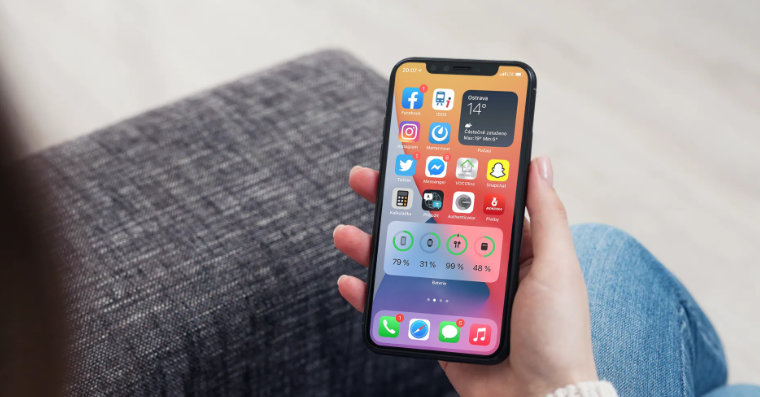
Apple's solution is nice, but that's about it
Apple bet on a comprehensive look for its widgets, and it did it well. Whether it's a widget from the company's app or from a third-party app developer, it has rounded corners to match the look of the system as much as possible and fit in with the overall iOS design. They also fit seamlessly into the desktop grid in one of three sizes you specify. So even if they are not fully functional, they just look nice here.
Apart from simply displaying information from the application, widgets actually have only one added value. This is the Smart Set, which is a group of up to ten widgets that can change its content depending on the time of day, for example. It is also active, so you can use gestures to switch between individual views. But this is actually where all the advantages of iOS widgets end.
It could be interest you
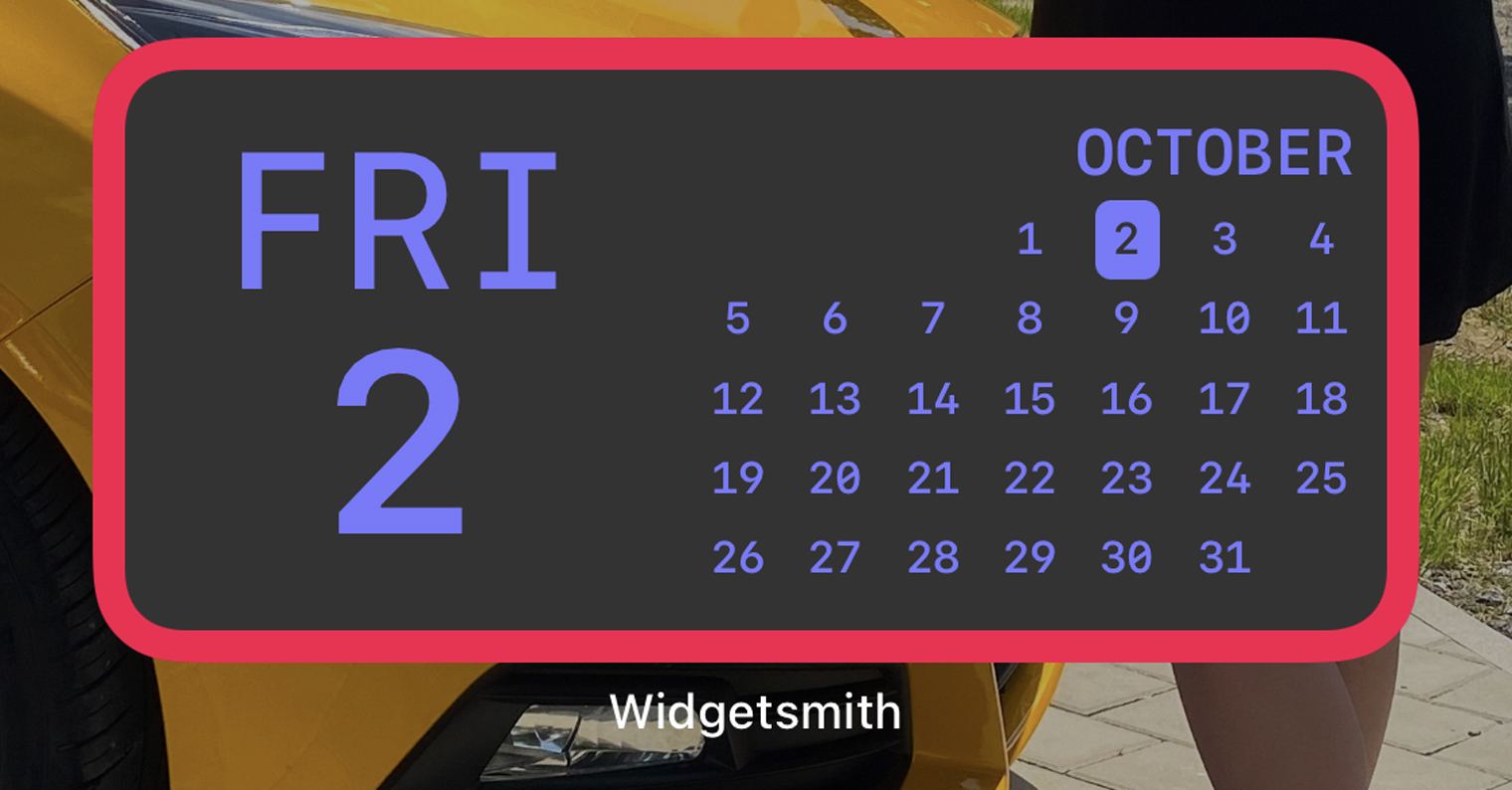
Android has widgets enabled
So the advantage of widgets on Android is obvious. The solution of this platform is active, so you can do what you need directly in the widget view, without the application running. There can also be floating widgets. On the other hand, Google has not used their potential significantly for quite some time, which also applies to application developers. Rather, manufacturers are trying to customize their Android, such as Samsung. He, for example, added widgets to the lock screen with his UI 3 for Android 11. So you can see weather, music, calendar, etc. widgets on it.
But widgets on Android generally don't look very nice, which is their main drawback. They differ not only in shape, but also in size and style, so they can appear disjointed and incoherent, which can easily cause problems with grouping them. This is of course Google's benevolence, because Apple simply won't let developers do anything but what it dictates.
 Adam Kos
Adam Kos 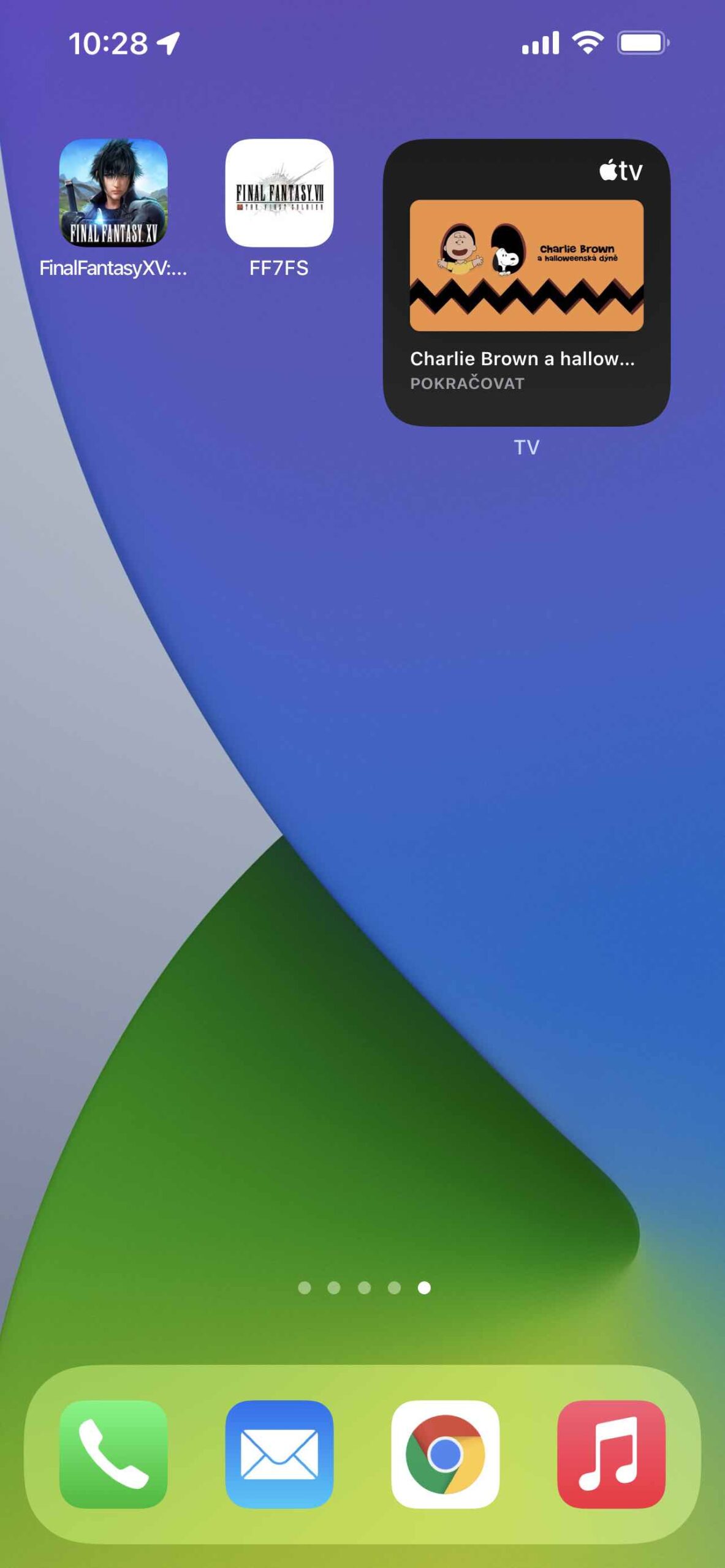
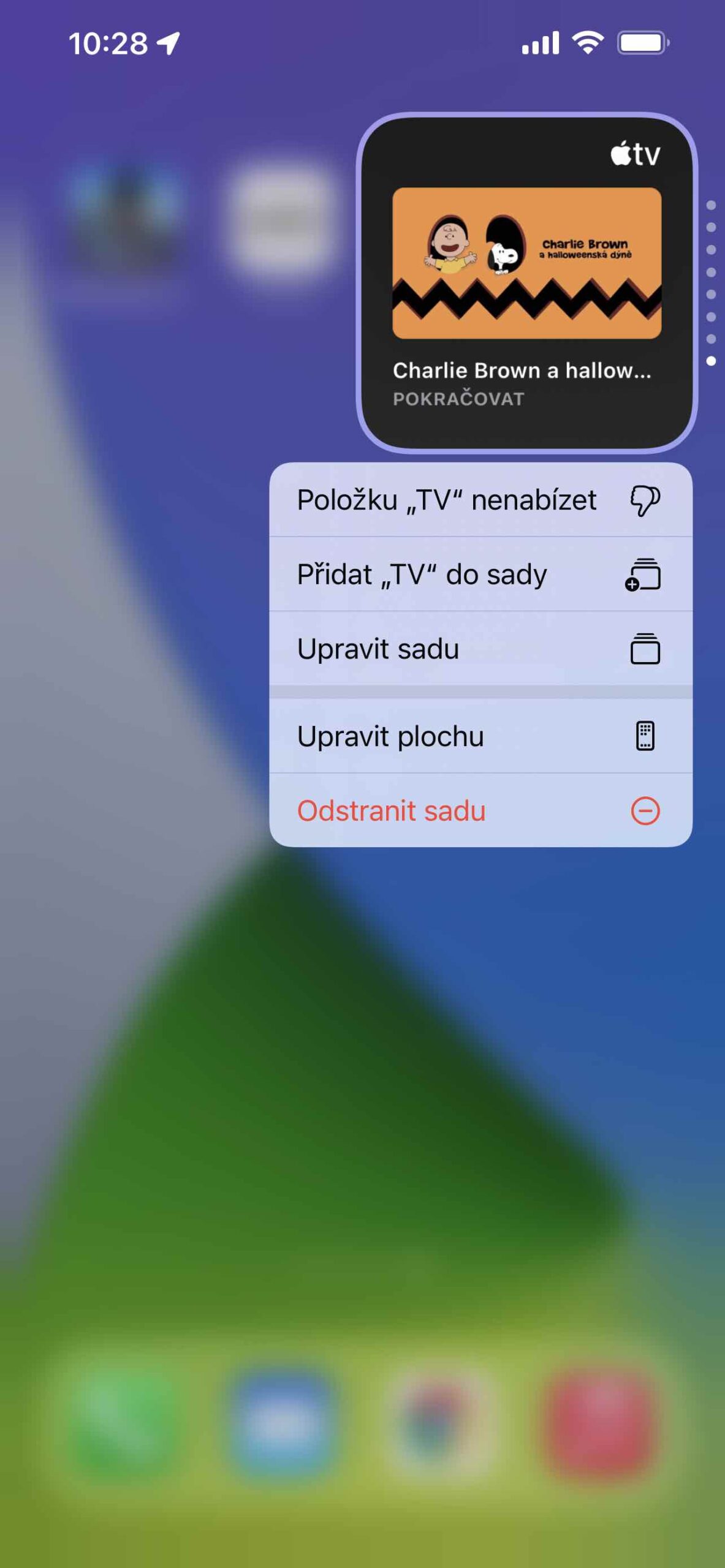
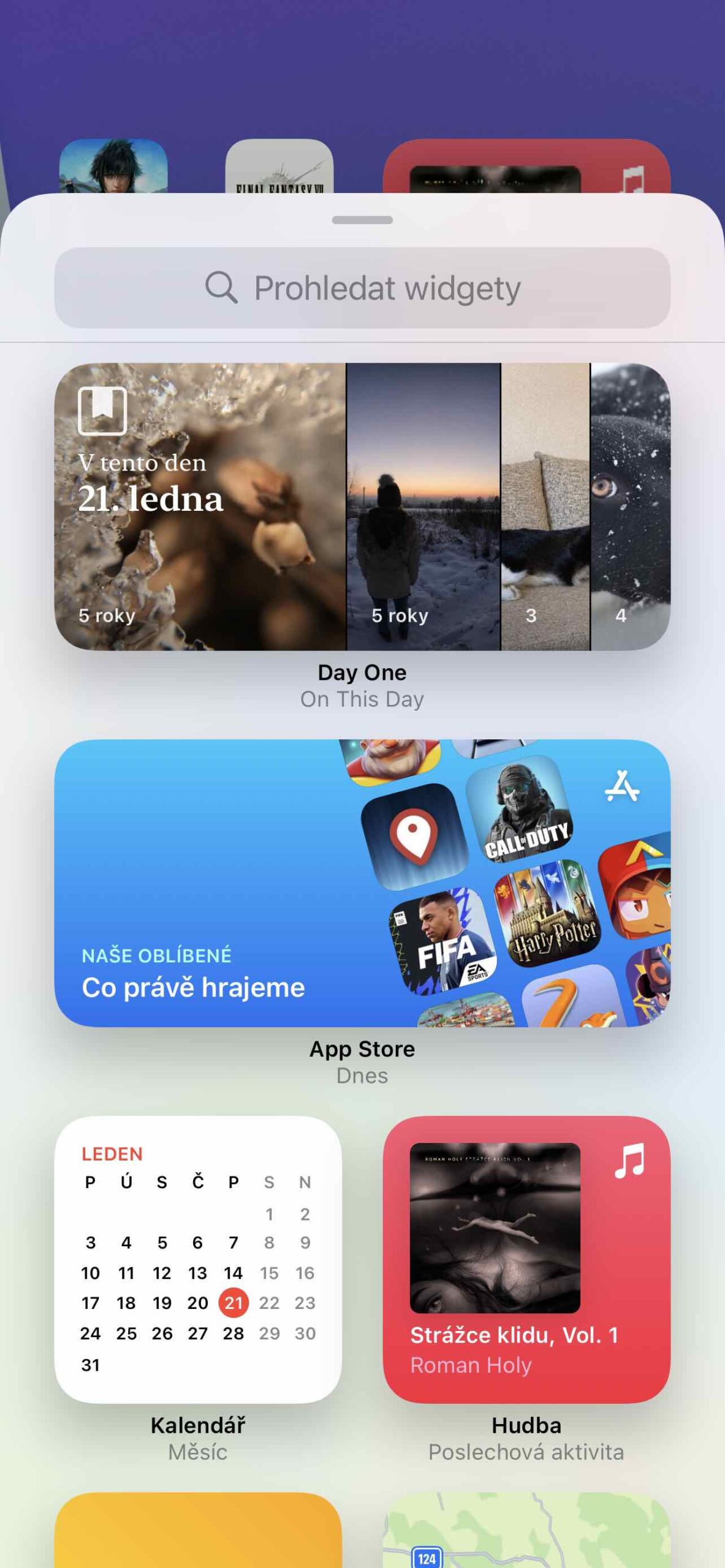
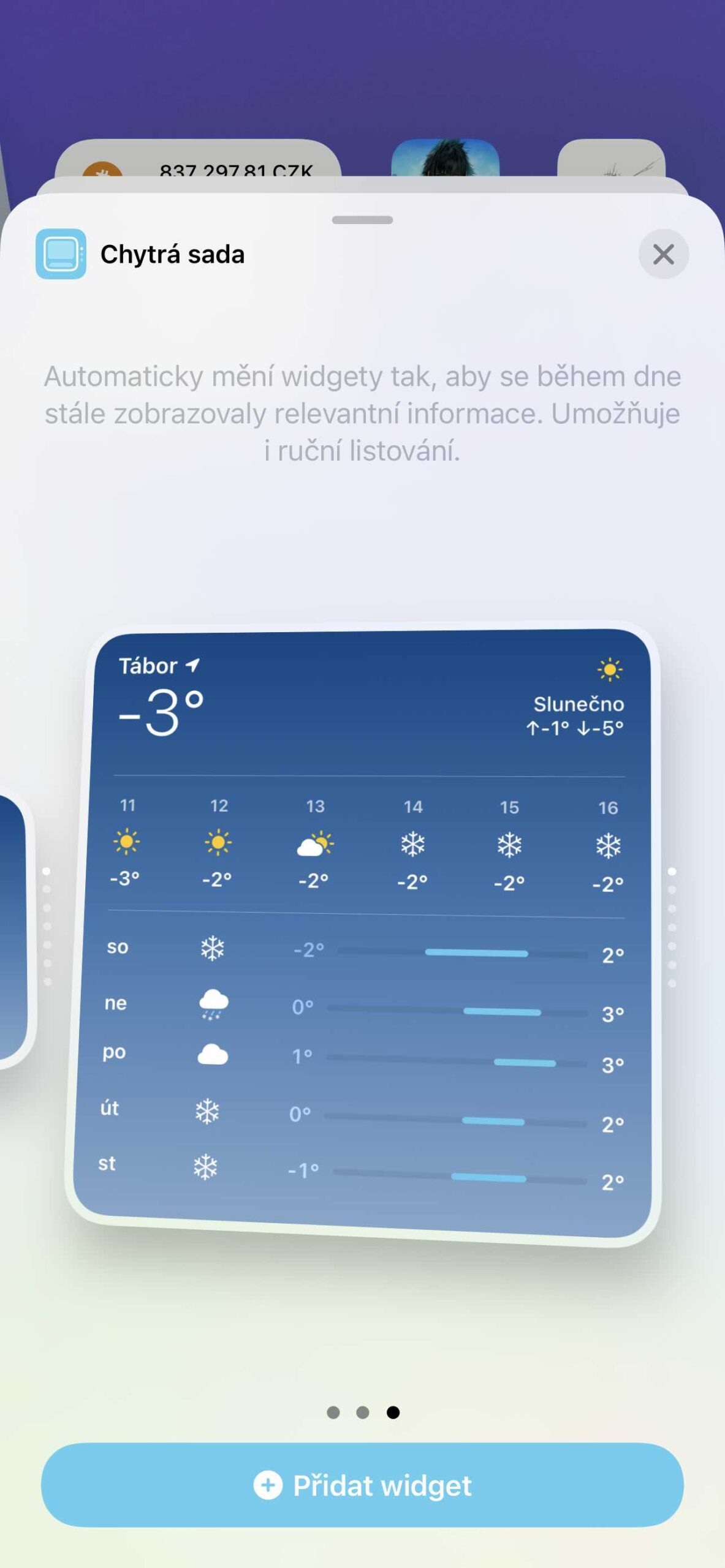
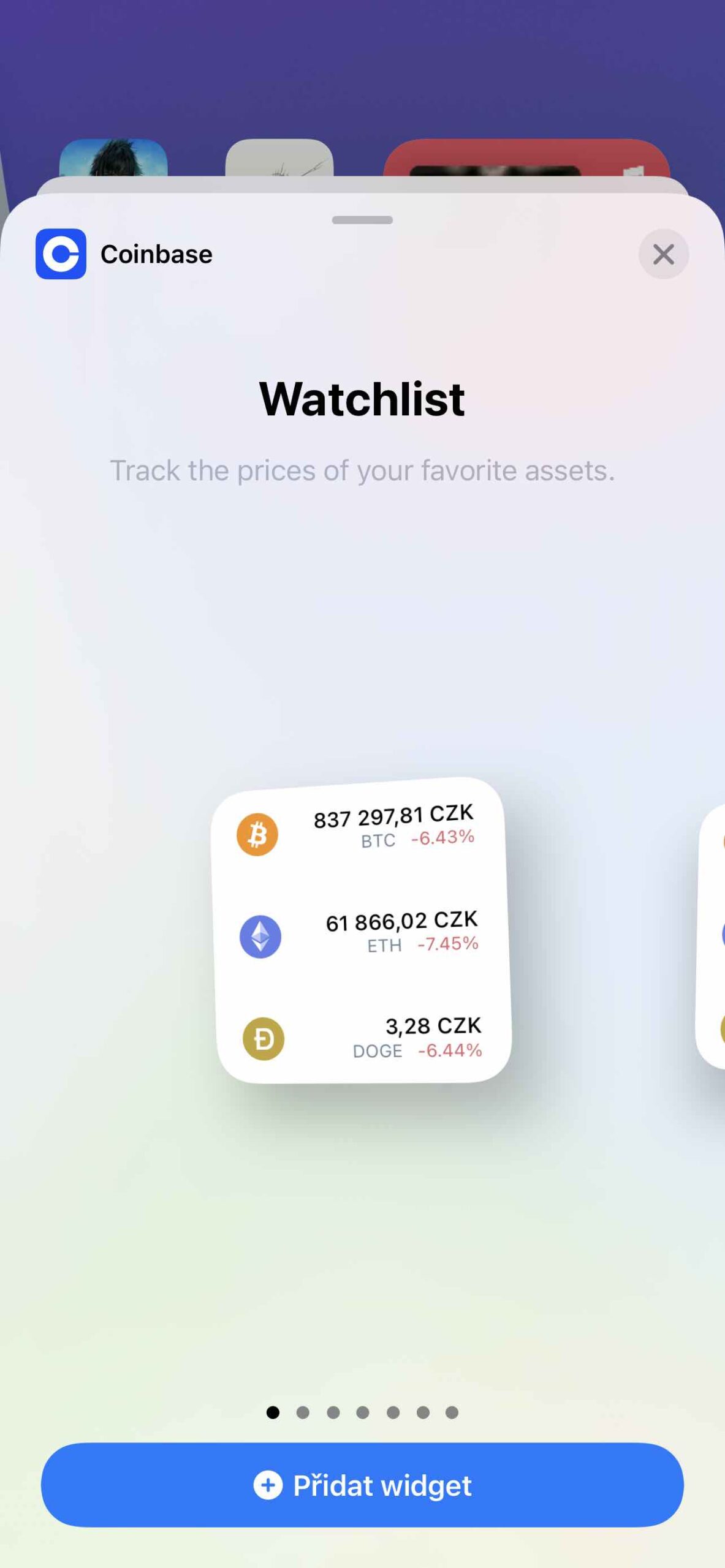
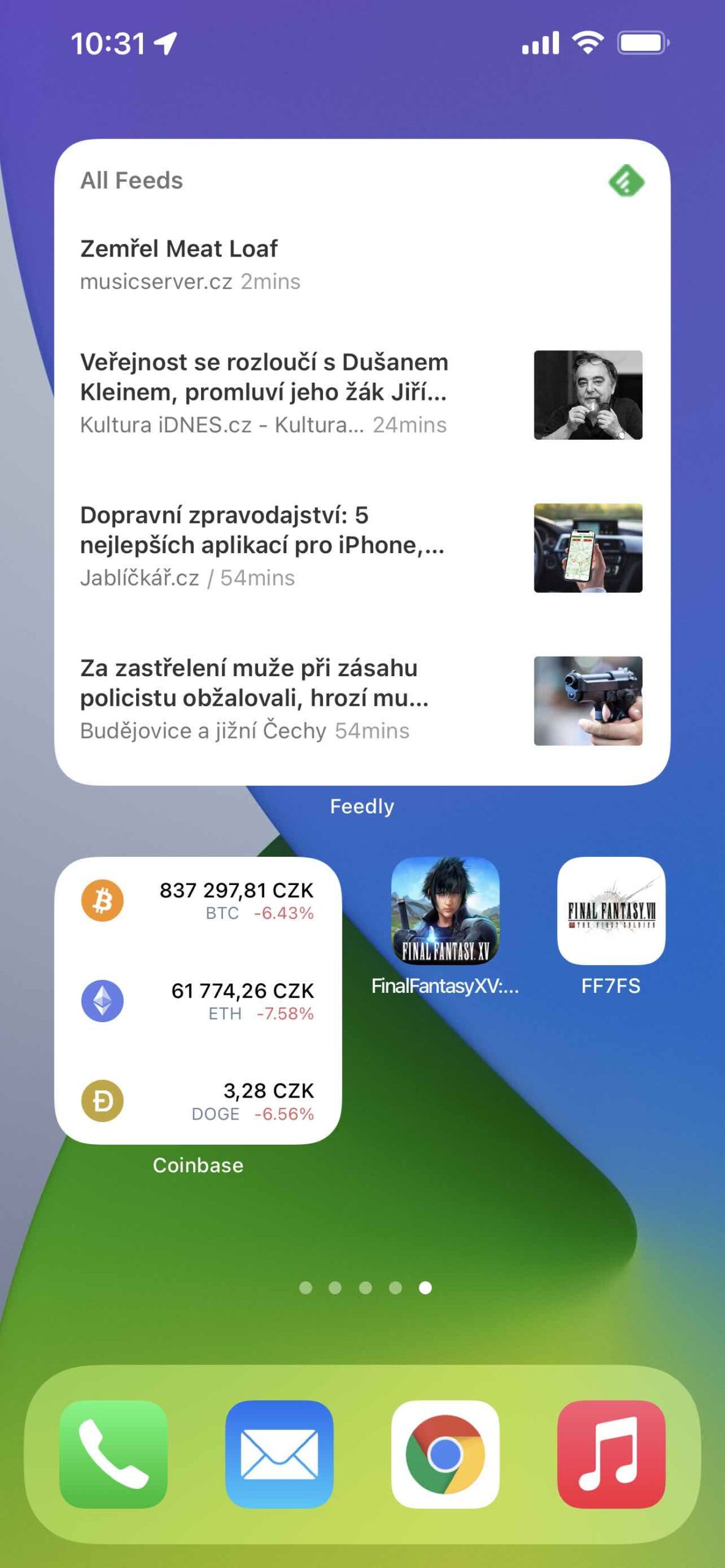
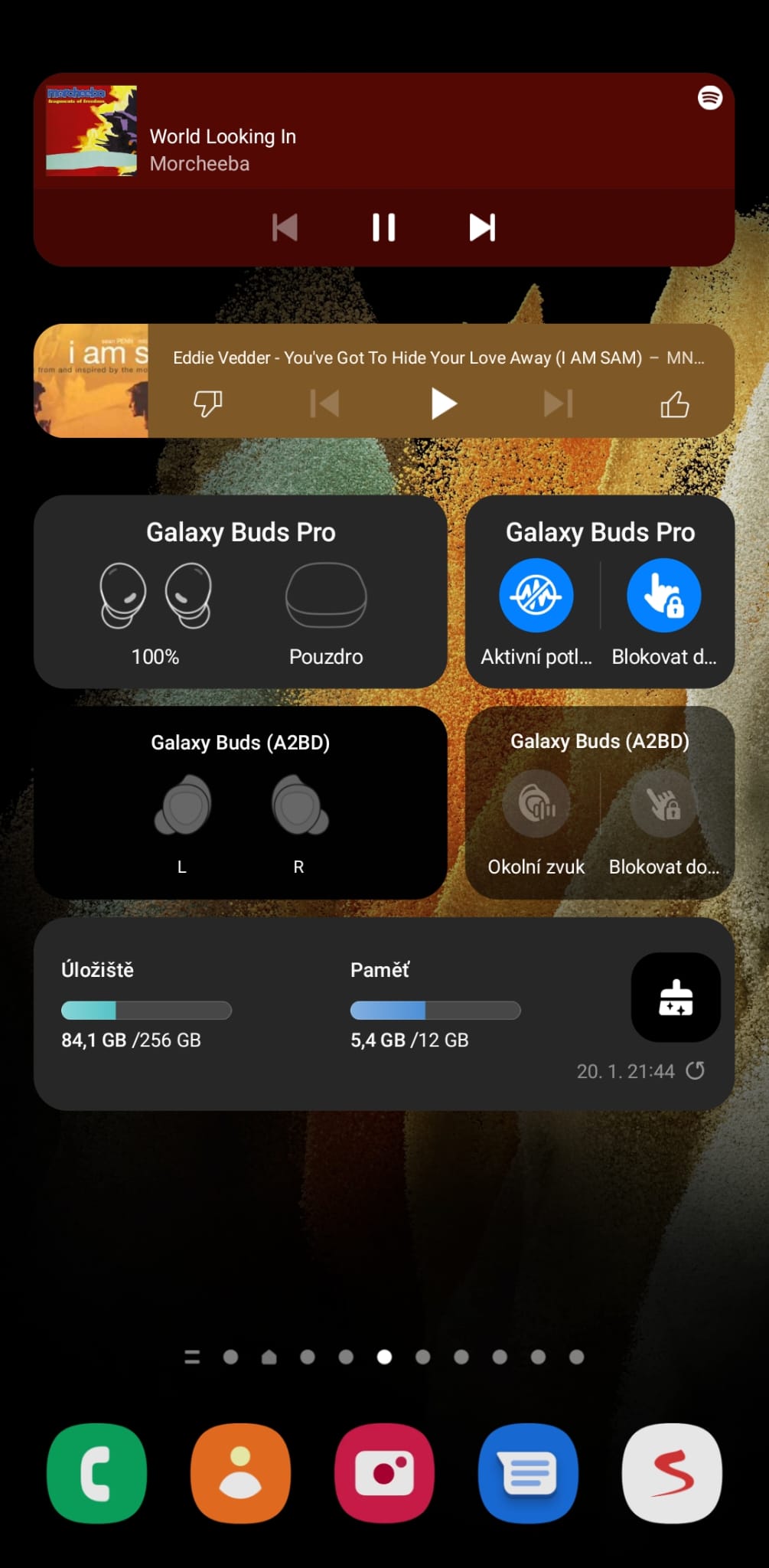



Dead widgets are complete shit... if only something could be done with them... maybe even something as primitive as switching music, etc... but I would like Apple to start thinking about that, and I probably want that a lot... :-D
There is absolutely no question of a duel on the edge of a knife! Ever since I got an iPhone, I've been crying for widgets.